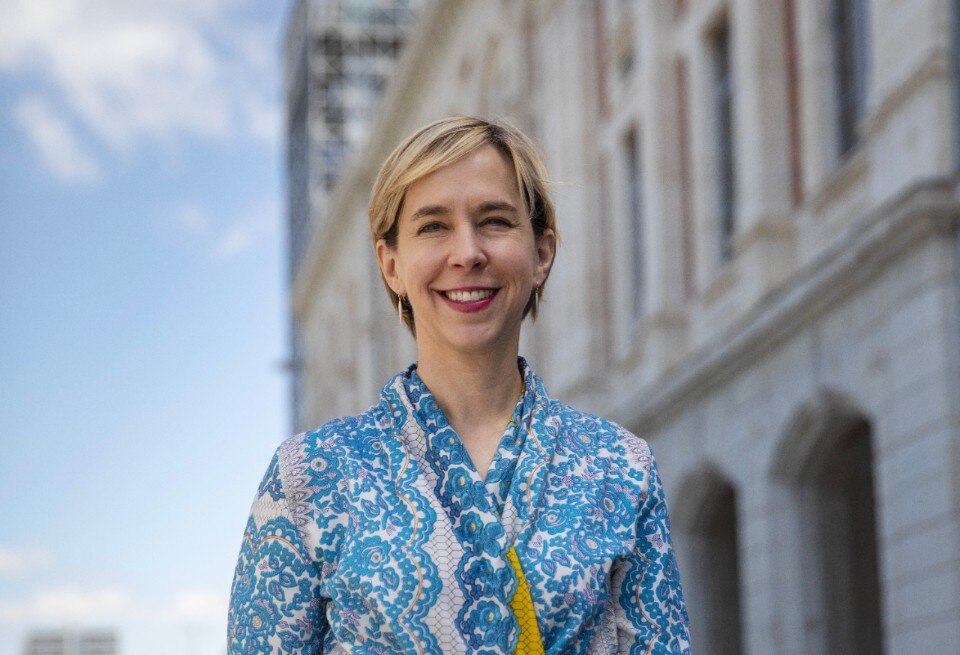Bio-economy, biotechnology, artificial intelligence, open-source... these are the key words for the eleventh Saint-Étienne International Design Bienniale entitled “Me, Nous, You. Designing Common Ground”, with the theme of inclusion, both social and non. The curator, Lisa White, an American trend forecaster, states that the world of design needs more women, more minorities and more disabled people. Instead what we have is too many objects. This is why the exhibition that she has curated, “Systems not stuff”, highlights a number of alternatives to production in the classic sense of the word. We met with her during the opening, and she explained a few of these.
How can design take on the important themes of our era, such as climate change, pollution and social inequality?
These are really important subjects. Each one should have a biennial of its own. It was hard to choose a short-list of projects. It took a long time, a whole year, working on future trends (trend forecasting) and on what the most important agents of change are. I tried to judge them, for the bienniale, from a design point of view, both on a social and a local level. Saint-Étienne is an international biennial, but it is well-rooted in the local territory. It is from here than I began an exploration of plastic and sustainability, inclusivity, colour, machinery and production processes.
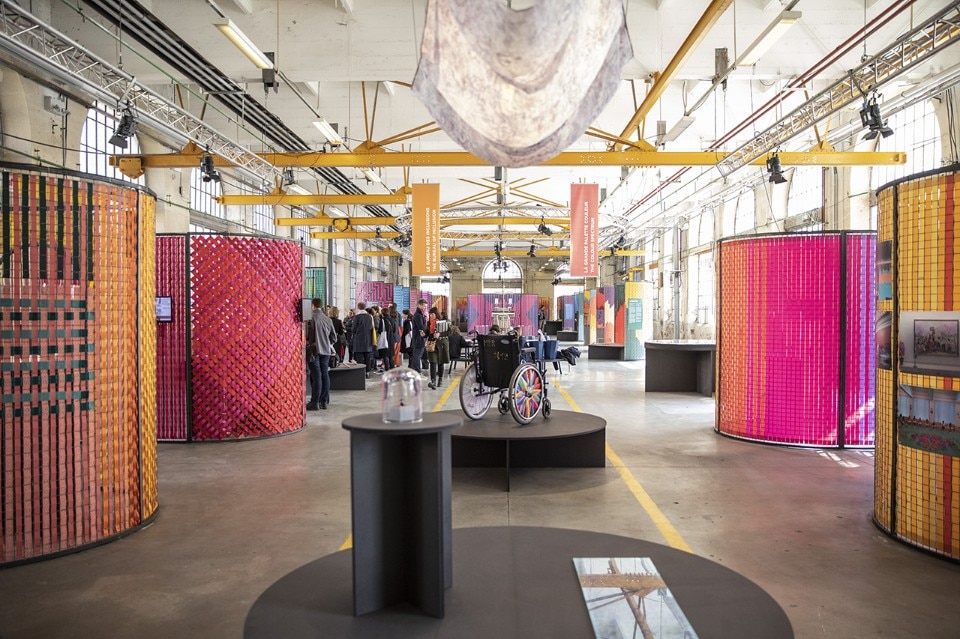
Do you think that the way to save nature (and ourselves) could come from nature itself?
Of course, in the sense in which we ourselves are also part of nature. We usually tend to see nature as something separate from culture, but it’s not. In the opening speeches, whether the subject was inclusion or artificial intelligence, the discussion always focused on nature and human nature. Often, where there is a poison, its antidote can also be found. This is the point in which we now find ourselves. We have poisoned the world in many ways, but by working together, we also have the possibility of finding the antidote.
We have poisoned the world in many ways, but by working together, we also have the possibility of finding the antidote.
So it’s not too late...
I am a very optimistic person. I always see the glass as half full. Besides, even if you think it is too late, it doesn’t matter. Now is not the time to be giving up. They say that the best time to plant a tree was 50 years ago. However, the next best time is now. We need to act now, all together. We need to bring people on board, begin to make people understand that we need to do something. This is why we have set up the Plastic Workshop, where visitors can understand that they can make a real contribution.
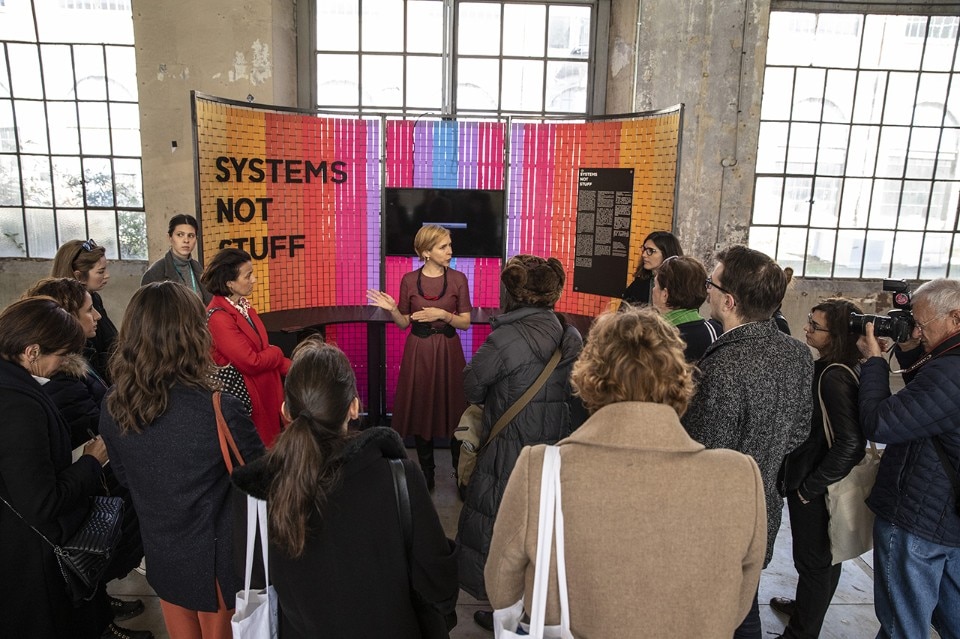
Don’t you think that recycling plastic is an unsatisfactory solution? Shouldn’t we have a more radical approach?
Absolutely. Bioplastics are a more decisive solution. But, at the moment, we have a large quantity of plastic and we need to find a solution. Only 9% of plastic is recycled. People need to know what types of plastic can be recycled, they need to do it properly, and make sure that governments invest in a true recycling policy instead of limiting solutions to dumps. The best solution is to consume less. Buy less, but of better quality. Purchase objects which last a lifetime.
Open-source applied to everything, to the solution to a problem, to research... This is probably the key.
Do you think that the best solutions are more likely to come from above or from grass roots?
It is essential that we work together, because leadership will not change if there are no decisive signals sent from a grass roots level. Companies will not change unless consumers change their demands and their habits. Companies do what their customers ask for. This can be either a positive or a negative factor. There are fantastic companies, such as Patagonia for example, which is aware of what needs to be done, and does it. Not only do they recycle, but they are also willing to change their products, and they are also investing in the food sector, creating better quality systems.
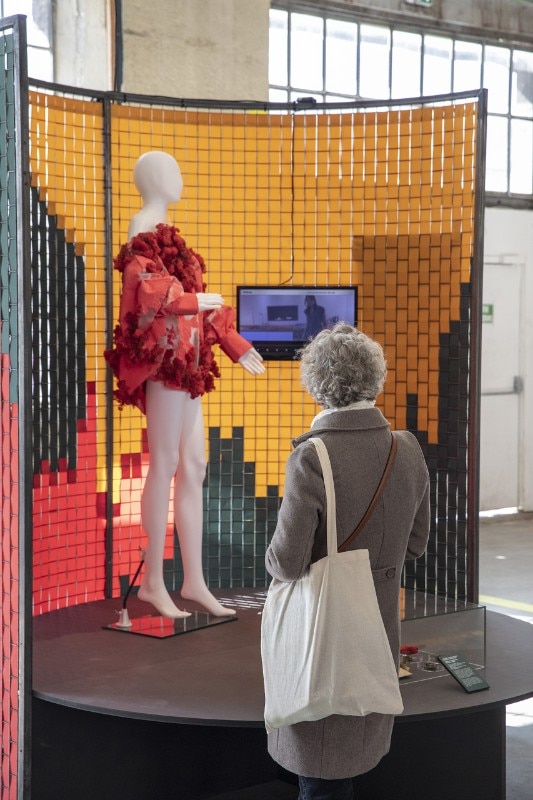
What do you think the key to a product’s success could be: open-source, financial investments, scientific discoveries...?
It is hard to choose just one thing, but I think that open-source is the most important factor. Open source, open borders, sharing information, trying to find solutions together. This is the idea behind “Me, You, nous”. If I had to choose just one, I would say open-source applied to everything, to the solution to a problem, to research... this is probably the key.
We need to teach future generations to have a new approach to design. Do you think that design also needs to set new objectives?
Absolutely, and I think that a lot of people are already thinking about this. People need to have the opportunity to reflect in a better way on the right thing to do. The other evening I was in a restaurant and my companions told me a lovely and emblematic story. The owner of a well-established wine-producing company in the area, when he was 60, woke up one night thinking: “What I produce is horrible, we need to go back to a more natural way of drinking wine”. He decided to change from one day to the next and was one of the first to produce wine with natural methods, without any additives. This needs to be the same with industry, we need to ask ourselves in what way we can produce in the right way. It takes a lot of courage from both companies and designers too.
At this point, governments need to step in to make a difference...
Yes, and it is also a group effort. Designers, engineers, companies and governments all working towards the same objective. In open-source people work together better.
In your world-wide search for a new type of design, did you come across different approaches in the different countries?
I have never looked at the matter from a nationalistic point of view, because I think that a lot of people in different parts of the world work together in a natural manner. I see more collaboration than competition. There is a lot of sharing. It is also true that there are schools such as Central Saint Martins which are more attentive of this aspect. The Netherlands, an entire country, aware that it possesses limited resources, has always treated these matters with particular sensitivity. In the United States, in terms of biodesign, there is a more technological and industrial viewpoint.
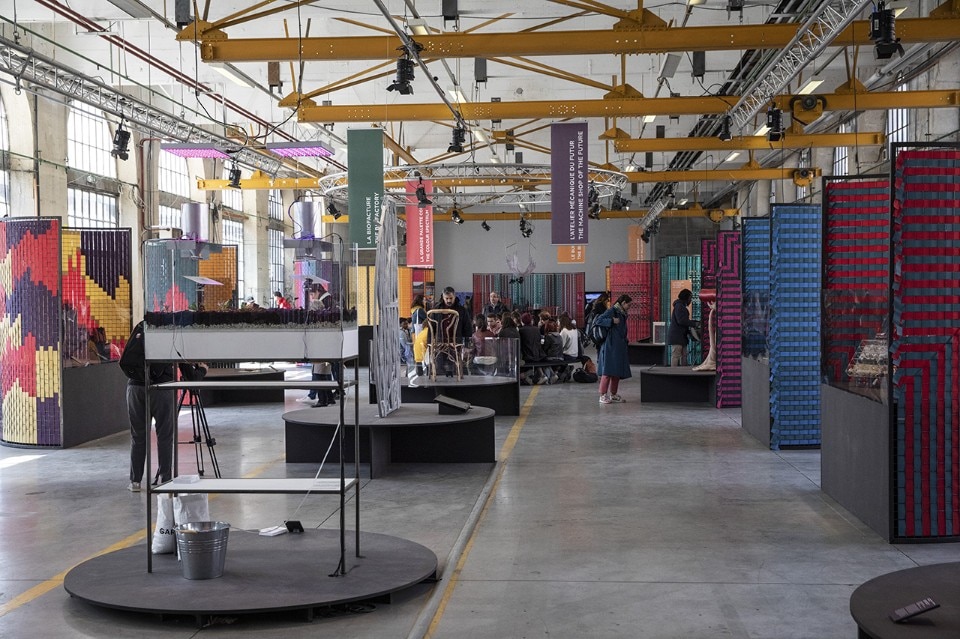
What are your first conclusions on this research and what will the next step be?
The research continues on a daily basis, working in the trend forecasting sector I am continuously looking at what the future holds. At the moment we are examining the trends for 2022. Many of the things presented at this bienniale are ongoing research projects. There is no beginning or end, they are continuously evolving.
- Exhibition:
- Me, Nous, You. Designing Common Ground. 11. Biennale Biennale Internazionale Design di Saint-Étienne
- Opening dates:
- 21 March – 22 April 2019
- Curator:
- Lisa White
- Venue:
- Cité du design
- Address:
- 3 rue Javelin Pagnon, 42000 Saint-Étienne

The New Brevo House by Pedrali
Brevo has given its Parisian headquarters, La Maison Brevo, a major makeover, prioritizing innovation and employee well-being for its 400 staff members. The furnishings, curated by Pedrali, transform the 3,000 sq m of interior and exterior space into dynamic, stimulating environments that foster collaboration and diverse work styles.


